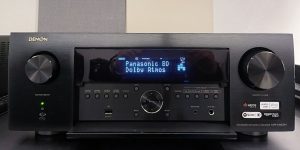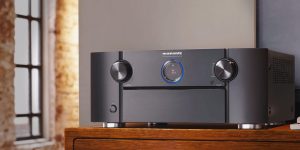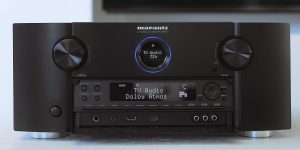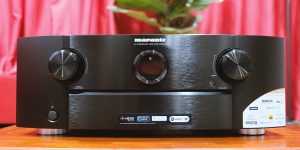If you’re an audiophile, you’ve probably pondered whether you should buy an AV receiver or amplifier for your setup. It is a hot question, and there seems to be no obvious answer on the internet. That’s why I’ve crafted this article. I will compare the AV receiver vs. separate amplifier and preamp so you can make an informed decision on what option will enhance your listening experience better.
What is a separate preamp/processor and amplifier setup?
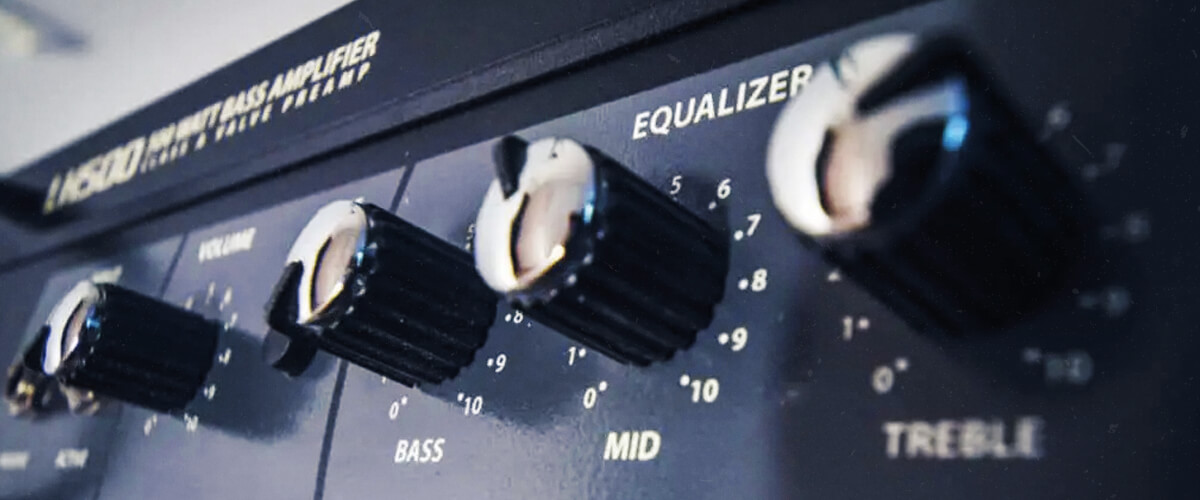
A separate preamp/processor and amplifier setup stands for an audio arrangement type. Here, the components processing and amplifying the sound are distinct, standalone pieces of gear. In this configuration, two separate, specialized components work in harmony.
First up, we have the preamp/processor. This dedicated device manages and processes the sound from a variety of sources. For instance, your TV, Blu-ray player, or streaming gadget. It adjusts the volume, balance, and tone. Also, it decodes surround sound formats to create an immersive audio landscape.
An amplifier is another component that boosts the sound to a level that can power your speakers. This way, you can enjoy rich, room-filling sound tailored to your listening preferences.
What is an AV receiver?
An AV receiver is an all-in-one device blending the functions of a preamp and an amplifier. So, it provides you with a comprehensive solution for your home audio and video needs.
It receives and processes audio and video signals from an array of sources. They include your TV, gaming console, Blu-ray player, or streaming device. The receiver also serves as an amplifier. It boosts the processed sound to a level that can drive your speakers.
So, the receiver streamlines your audio setup. That’s the reason it’s popular among those seeking both simplicity and high-quality sound.
Advantages of AV receivers over separate preamp/processor and amplifier setups
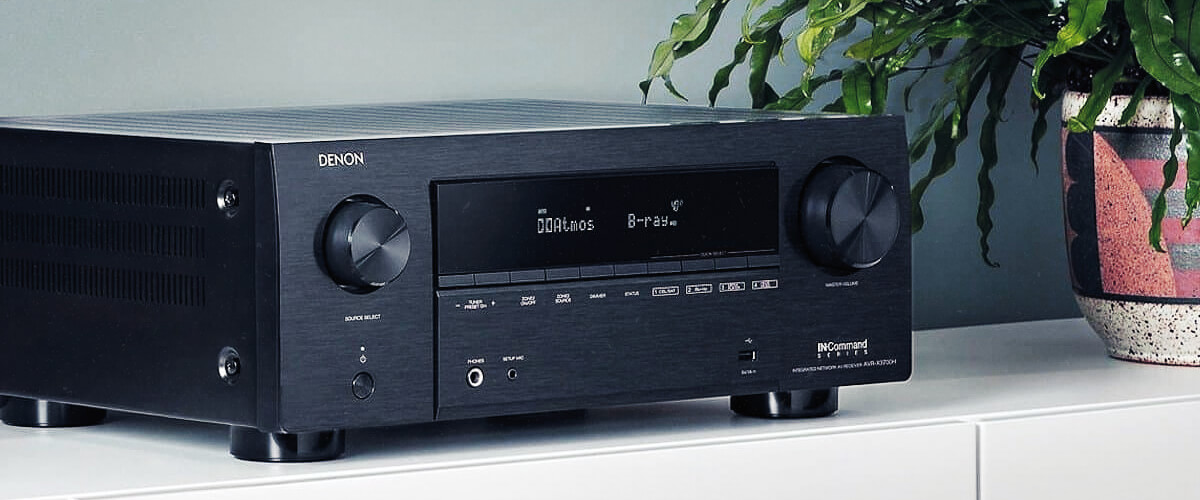
Advanced audio processing capabilities
AV receivers excel in providing an array of audio processing functionalities that separate amplifiers might lack. Let’s explore some common audio processing features associated with AV receivers:
- Room correction: Many AV receivers include room correction software. It analyzes your listening environment’s acoustics and adjusts the audio output. This helps mitigate issues such as standing waves, reflections, and other acoustic anomalies.
- Dolby Atmos and DTS:X: I made a side-by-side surround sound system comparison. I revealed that you’d experience better surround sound with an AV receiver. This device creates a realistic sound field. That’s because it positions sound effects and audio elements around the listener.
- Auto-calibration: Many receivers have auto-calibration capabilities. They use a microphone to automatically fine-tune the audio settings for your listening space. This ensures optimal sound quality with no manual adjustments.
- Dynamic volume control: This functionality adapts volume levels in real-time. It maintains clear dialogues and well-balanced music and sound effects. Also, it prevents excessive loudness or quietness.
- Multi-room audio: Many receivers enable you to manage the sound across several rooms. So, you can use different audio sources in separate areas for the simultaneous playback of tracks.
Better Video Processing
An AV receiver’s video processing capabilities often seriously surpass those of separate preamp and amplifier setups. This device consolidates video processing within the same unit as audio. Thanks to this, it streamlines the signal flow. As a result, you get seamless synchronization between audio and video components. Let’s explore specific aspects in which a receiver excels over a separate component setup:
- Upscaling: Many receivers feature advanced video upscaling technologies. They improve the resolution of lower-quality video sources. This way, delivering a clearer and more detailed image.
- Video format support: Receivers ensure compatibility with cutting-edge video content and display technologies. They handle a wide range of video formats, including the latest high-dynamic-range (HDR) formats, like HDR10/10+, Dolby Vision, and HLG.
Enhanced Input Options
An AV receiver integrates a variety of input options within a single unit. It provides you with a convenient and streamlined solution for managing several sources. Let’s dwell on some of the connectivity capabilities:
- Multiple HDMI inputs: AV receivers often feature many HDMI inputs. So, you can hook up a wide range of devices, such as gaming consoles, Blu-ray players, and streaming devices. This ensures hassle-free switching between various sources without extra equipment.
- Digital audio inputs: Modern receivers include several digital audio inputs (optical and coaxial). This allows for high-quality sound transmission from various devices.
- Analog audio inputs: These devices may provide a selection of analog audio inputs. They cater to users with legacy or specialized equipment.
- Phono input: You may also find a dedicated phono input in receivers. It enables you to directly connect a turntable and enjoy the vinyl.
- Advanced network connectivity: Modern receivers support advanced network connectivity options. This includes Wi-Fi, Bluetooth, AirPlay, Chromecast, and Ethernet. These features provide wireless streaming, seamless integration with multi-room audio systems, and compatibility with various network-enabled devices.
The pros of amplifier setups over AVRs
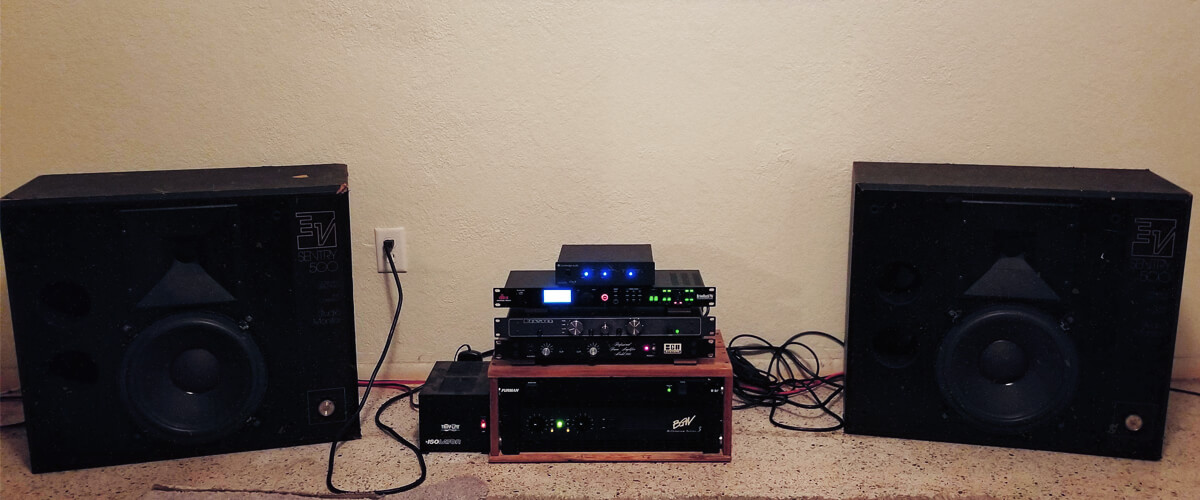
Customization and flexibility
Separate preamp and amplifier setups deliver higher customization compared to AV receivers. You can handpick components based on your specific needs and preferences. This modular approach enables you to assemble a tailored system. In addition, you can upgrade it as new technologies emerge or personal requirements change.
Simplified repairs
If a preamp/amplifier setup malfunctions, you get an advantage in repairs. With separate components, you can address the issue in the affected unit without impacting the entire system. This results in more straightforward repairs. It also has a reduced downtime compared to AV receivers, which may need servicing for the entire unit.
Specialized features
A separate setup may offer specialized features you won’t find in receivers. These may include unique circuit designs, premium-grade components, or modern technologies. They may be particularly interesting to audiophiles and music enthusiasts.
Higher power output
So, how does the power output compare between an amplifier/preamp setup and a receiver? Individual components provide higher power output than their integrated counterparts in AV receivers. This increased power capacity can drive more demanding speaker systems. So, they deliver enhanced audio performance and ensure optimal compatibility with high-end equipment.
Compatibility with legacy components
Finally, these setups show greater compatibility with legacy components. You can integrate older or specialized equipment into your audio systems.
Making the right choice
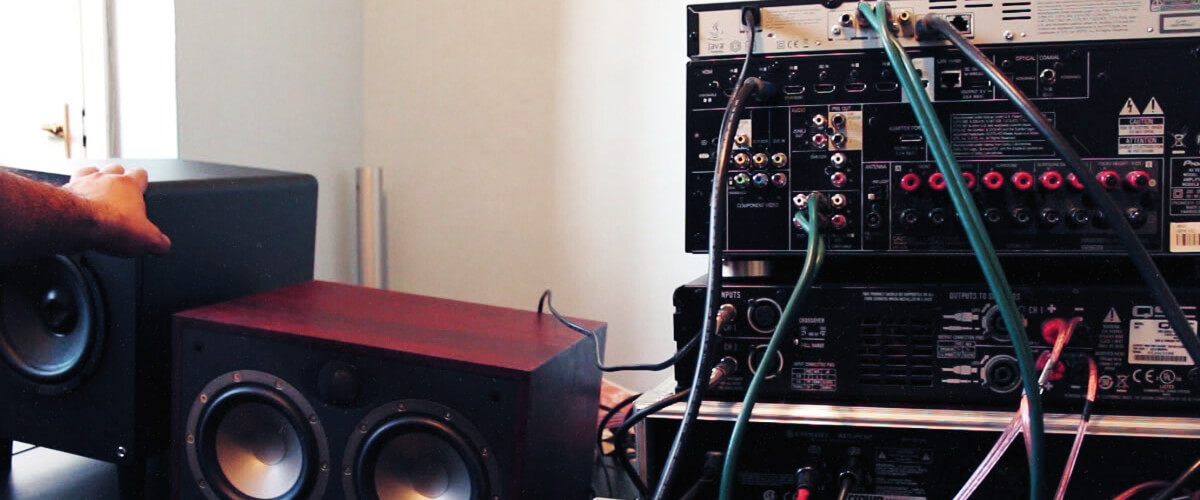
When deciding between an AV receiver and a separate amplifier and preamp setup, it’s essential to weigh your home audio system’s specific requirements and preferences. The chart I added below provides a home audio system comparison between these two approaches, highlighting their respective strengths and weaknesses.
| Feature | AV receiver | Separate amplifier and preamp setup |
|---|---|---|
| Audio Performance | Generally good, varies by model | Often superior, with specialized components and designs |
| Video Processing | Advanced video processing features | Typically not available |
| Input Options | Wide variety of inputs, both audio, and video | Primarily focused on audio inputs |
| Customization and Flexibility | Limited by integrated components | High level of customization and upgradeability |
| Repairs | The entire unit may require servicing | Easier to isolate and repair individual components |
| Specialized Features | Varies by model and may have some unique features | More likely to include specialized features and technologies |
| Power Output | Good, varies by model | Often higher, with increased capacity for demanding speaker systems |
| Compatibility with Legacy Components | May have limited compatibility | Greater flexibility for integrating older or specialized equipment |
| Multi-Room Audio | Commonly supported | May require additional equipment or configuration |
| Space and Aesthetics | Compact, single-unit design | Multiple components, may require more space |
| Cost | Wide range, generally more cost-effective | Can be more expensive due to specialized components |
Ultimately, the choice between an AV receiver and a separate amplifier and preamp setup boils down to your individual priorities, budget, and the specific requirements of your home audio system. However,
- AV receivers are suitable for individuals or families who want a simple and convenient all-in-one solution for their home theater system. It is an optimal solution that combines a preamplifier, an amplifier, and various audio/video inputs, making it a versatile device to control your entire multimedia system.
- On the other hand, a separate amplifier and preamp setup may be more appealing to audiophiles and enthusiasts who value enhanced audio performance, customization options for home audio systems, and the ability to integrate specialized or legacy components.

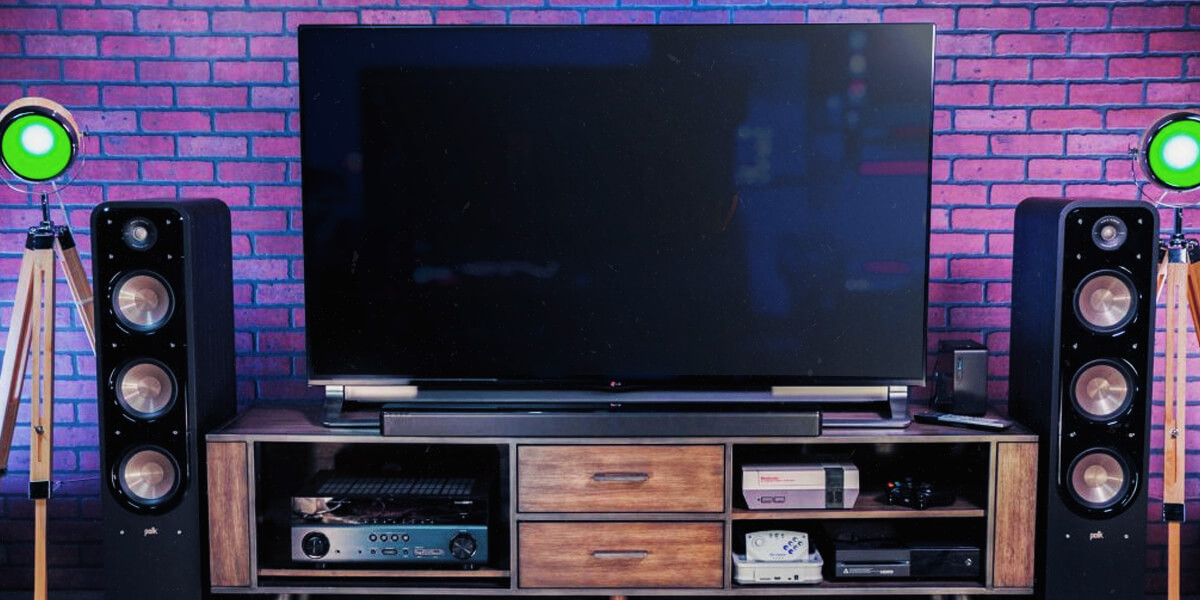


![Best 2-Channel Receiver [Expert Reviews and Buying Guide]](https://hometheaterology.com/wp-content/uploads/2023/11/best-2-channel-receiver-stereo-300x150.jpg)

